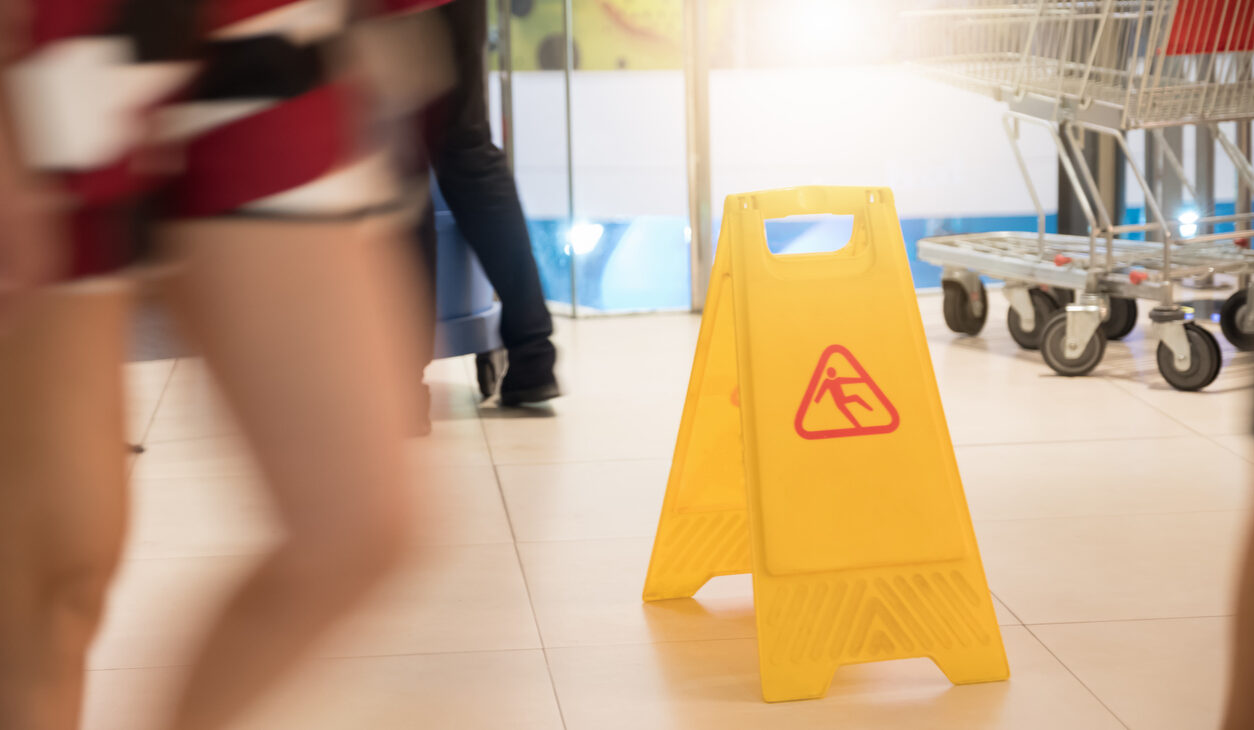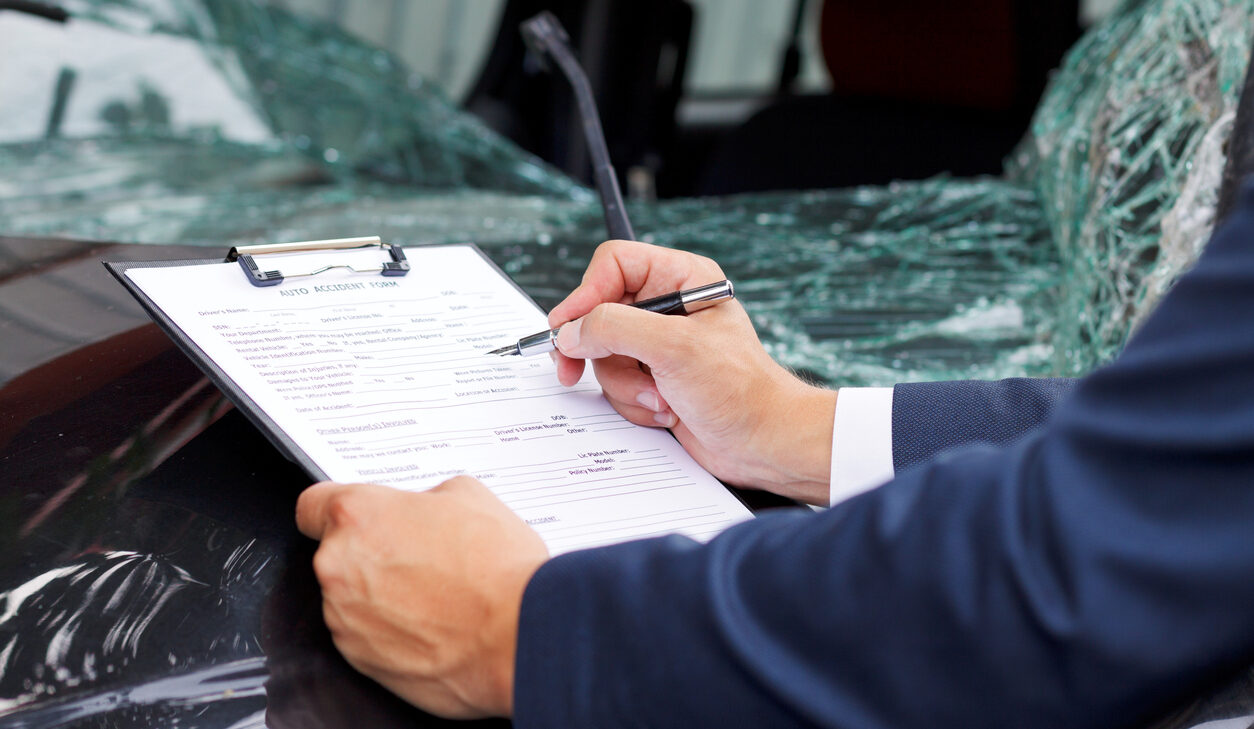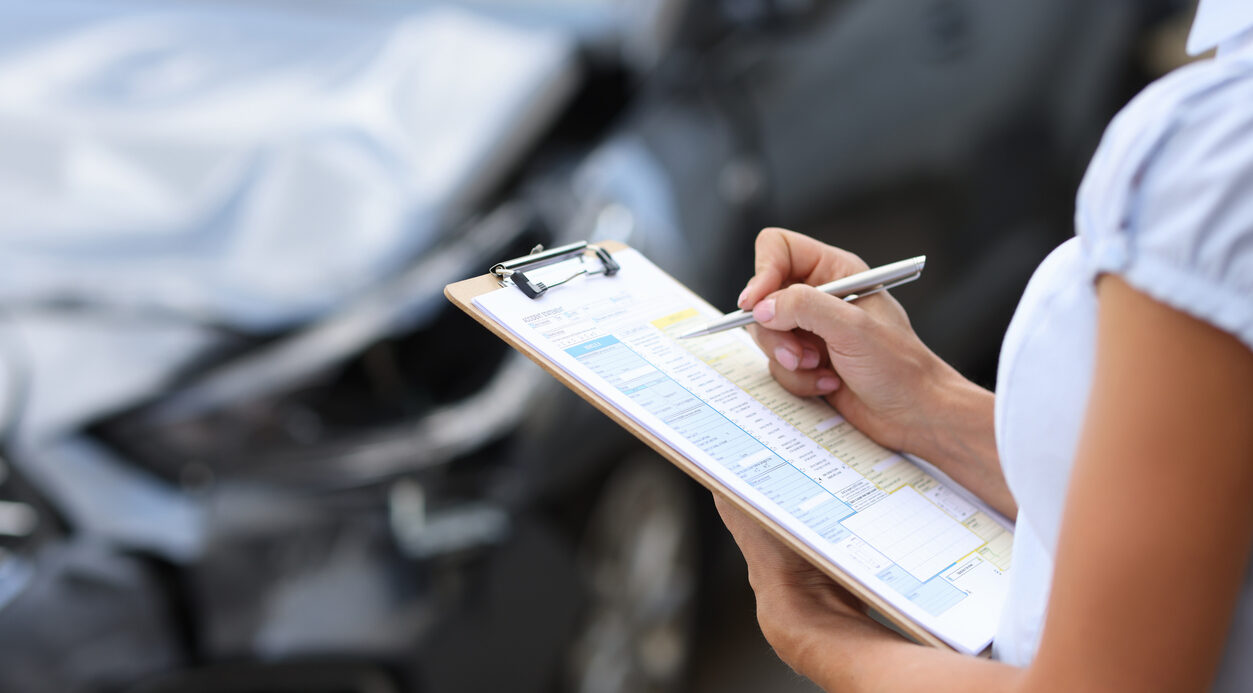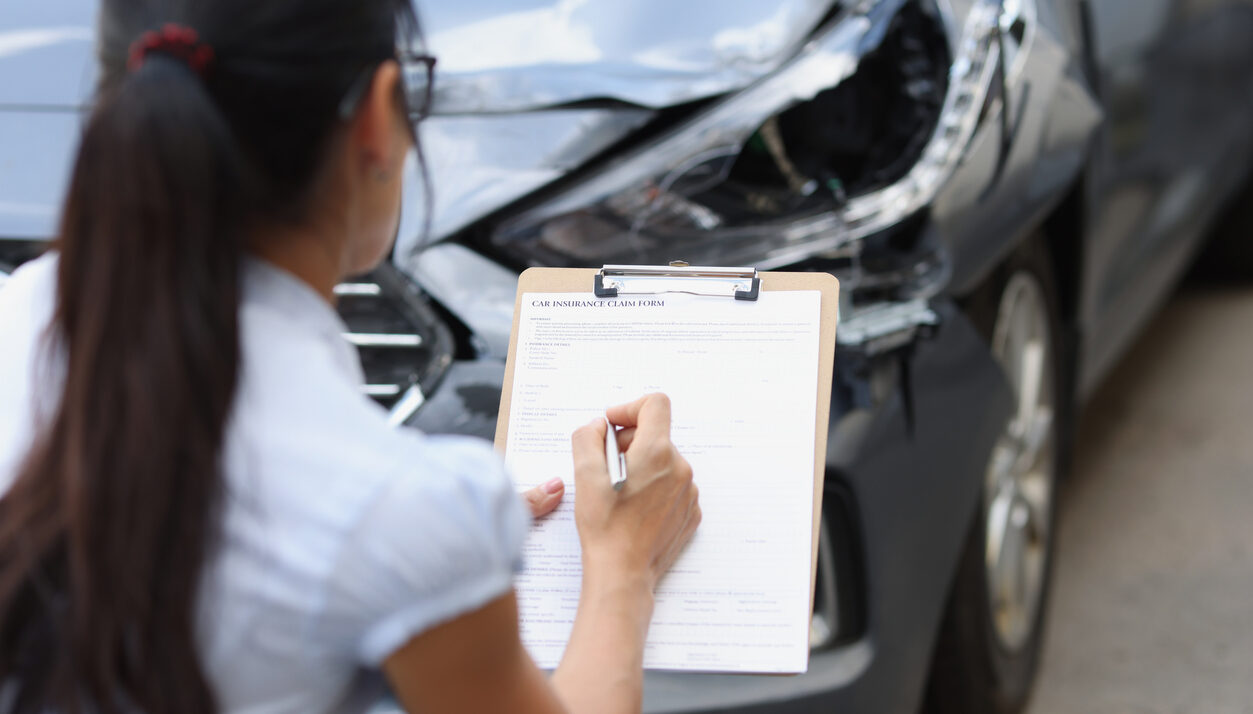Average Slip and Fall Settlements in Australia: Examples & Payouts
If you’ve been injured after slipping, tripping, or falling, you may be entitled to substantial compensation. Though they might seem minor, slip and fall accidents can cause serious injuries that need medical treatment, time off work, or even surgery.
A successful slip and fall claim can cover more than just medical bills. You could also be compensated for lost income, ongoing care, and your pain and suffering.
Keep reading to find out if you’re eligible, see examples of compensation claims, and learn about average slip and fall payouts in Australia.
If you’d rather speak with an expert slip and fall lawyer now, just reach out. Your first consultation is completely free.
What is the average settlement for a slip and fall?
Slip and fall compensation can vary widely depending on how serious your injuries are and how they affect your life. However, here’s a general breakdown of average slip and fall settlement amounts across Australia:
- Mild injuries ($10,000 – $50,000): for injuries like sprains, bruises or minor fractures that cause mild ongoing issues.
- More serious injuries ($50,000 – $500,000): including torn ligaments, spinal damage or head injuries that lead to extended time off work or ongoing treatment.
- Severe injuries ($500,000 – $2 million+): such as spinal injuries, traumatic brain injuries, or complex fractures that require long-term care or prevent you from returning to work.
Keep in mind, these figures are only a guide; the exact amount depends on your personal situation. Check out our slip and fall claim calculator below for more on figuring out your potential payout.
Start your free online claim check
Find out if you’re eligible for a slip and fall settlement today.
Slip and fall settlement calculator
Your slip and fall settlement is calculated based on a few factors, like how serious your injury is and the way it affects your day-to-day life. Depending on your situation, your payout could cover:
- Lost income and super: this includes both past and future earnings.
- Care and support: whether it’s professional care or unpaid help from loved ones. If you’re unable to care for someone else (like a child or elderly parent), that’s also taken into account.
- Out-of-pocket expenses: things like medical bills, travel for treatment, or home and vehicle modifications.
- Pain and suffering: also called ‘non-economic loss’, this covers the physical and emotional impact of your injury.
How is pain and suffering compensation calculated?
Unlike medical bills or wages, there’s no fixed dollar amount for pain and suffering. This means it can result in a significant lump sum payout.
To be eligible, your injuries usually need to reach a minimum level of seriousness. This is assessed by an independent doctor who gives you an impairment rating. Depending on your state, this rating might be called Whole Person Impairment (WPI), Injury Scale Value (ISV), or Most Extreme Case (MEI).
Generally, the more severe your injury, the higher your potential payout. But most states also set a legal ‘cap’ on pain and suffering, which is the highest amount you can receive for a slip and fall claim.
To see the latest impairment thresholds and payout caps in your state, check the table below. Keep in mind, these figures are updated annually for inflation.
| State | Requirements for claiming non-economic loss | Maximum compensation for non-economic loss |
| NSW | Your injury must be assessed at over 15% of the Most Extreme Case (MEI). | $761,500 |
| Victoria | You must meet the 'significant injury' threshold, which is either:
• 5% or more Whole Person Impairment (WPI) for physical injuries, or
• 10% or more WPI for psychological injuries.
| $478,500 |
| Queensland | Your injury will be awarded an Injury Scale Value (ISV) between 1–100. Your ISV must be 5 or more to qualify for non-economic damages. | $456,950 |
| South Australia | Your injury will be given an Injury Scale Value (ISV) between 1–60. You can only claim damages with an ISV of 11 or more. | $478,500 |
| Western Australia | Your claim must be worth over $25,500. This amount increases every year with inflation.
| No cap on damages. |
| Tasmania | Your claim must be worth more than $7,000. This minimum value increases every year due to inflation. | No cap on damages. |
| ACT | No requirements for claiming non-economic loss. | No cap on damages. |
Remember, pain and suffering is just one piece of your total compensation. Your final slip and fall settlement may also include lost wages, ongoing care, therapy, and other support. In many cases, the bulk of your compensation comes from future income loss or long-term care needs — especially if your injuries are serious.
Slip and fall cases: settlement amounts in Australia
To give you a better idea of how much you could receive, here are two recent slip and fall settlements we’ve secured for our clients. You can read more about slip and fall payouts in our past case hub.
Paul secures $1 mil for slip and fall at client’s house
While visiting a client’s property, 62-year-old Paul slipped on a moss-covered path and suffered serious back and shoulder injuries. With medical and care costs piling up, he turned to us for help.
Our investigation confirmed the path was unsafe, and expert evidence showed the occupier had failed to properly maintain it. In the end, we secured a $1 million settlement to cover Paul’s treatment and ongoing needs.
Read Paul's full story
Mateo secures $950k for footpath pothole injury
Mateo suffered serious injuries after stepping into a poorly repaired pothole, requiring multiple surgeries on his ankle and elbow. With no income and ongoing pain, he developed severe depression. Suing a local council is notoriously hard, so we acted fast to gather expert evidence before the pothole was repaired.
Our safety engineer then confirmed the path was dangerously maintained, and our medical specialists found Mateo could never return to his old job. After just two days of negotiation, we secured a historic $950,000 settlement — giving Mateo the funds to cover his debts, plan future treatment, and retrain for a new career.
Read Mateo's full story
What types of slip and fall claims can I make?
Slip and falls can happen just about anywhere, which means there are many different types of claims you might be able to make, depending on where the fall occurred and what caused it.
Some of the most common slip and fall claims include:
- Shopping centre slip and fall claims: often caused by wet floors, poor lighting, or tripping hazards in walkways.
- Grocery store slip and fall claims: spills in aisles, leaking freezers, or cluttered shelves can all lead to serious injuries.
- Hotel slip and fall claims: injuries in lobbies, bathrooms, or around pools are common, especially if surfaces are slippery or poorly maintained.
- Rental property slip and fall claims: tenants or their guests can be injured due to broken stairs, loose tiles, or poor lighting.
- Footpath or public place claims: due to uneven pavement, potholes, or poor maintenance in council areas.
- Hospital slip and fall claims: caused by spilled medical fluids, cluttered walkways, inadequate lighting in rooms and stairways, or a lack of handrails or grab bars.
- Restaurant and cafe claims: whether from food or drink spills, slippery entrances, or grease buildup in the kitchen and dining areas.
Importantly, if the slip and fall happened at work, you’ll probably have a workers compensation claim instead.
What injuries can I claim for?
You may be able to claim compensation for any injury caused by a slip and fall on public, private, or rental property. Common slip and fall injuries include:
- Broken bones: most often affecting the wrists, arms, ankles, or legs.
- Herniated discs: these spinal injuries can cause long-term pain and restricted movement.
- Aggravation of pre-existing conditions: for example, if you’ve had a previous hip replacement or back surgery and the fall worsened the condition.
- Knee injuries: meniscus tears are among the most common, often needing physiotherapy, injections, or even surgery.
- Soft tissue injuries: sprains, strains, and bruising can still significantly affect mobility and quality of life, even if they don’t require surgery.
- Head injuries or concussion: if you hit your head during the fall, it could result in cognitive issues, dizziness, or ongoing symptoms that require medical care.
Keep in mind, this isn’t an exhaustive list. If you’ve been injured in a slip and fall — even if the injury seems minor at first — you could still be eligible for compensation.
Contact our slip and fall lawyers today for a free claim assessment. We’ll review your situation and let you know if you’re entitled to a slip and fall payout today.
How do I prove my slip and fall claim?
To prove your slip and fall claim, you need to meet four key criteria. We’ll use the example of spilled liquid in a supermarket to show you how this works.
Anyone in control of a property (such as a business owner, landlord, or store manager) has a legal obligation to keep visitors reasonably safe. This is known as a duty of care. For example, a supermarket is responsible for protecting customers and staff from avoidable hazards while they’re on the premises.
In a slip and fall claim, it’s not enough that a hazard existed. You also need to show that the person responsible for the property either knew about the danger and failed to fix it, or should reasonably have known it was there.
This involves looking at how long the hazard was present and whether there was enough time for it to be cleaned up or repaired. Common hazards include wet floors, broken steps, uneven tiles, torn carpet, and footpath cracks.
Take the supermarket example: if a spill is left on the floor for a long time and no one cleans it up, the store may be liable if you slip. But if you fall just moments after the spill happens, it’s harder to prove negligence because staff may not have had a fair chance to notice the issue.
You’ll then need to show a clear link between the hazard and your injury. In legal terms, this is known as the ‘but for’ test — as in, but for the property owner’s failure to fix the hazard, the injury wouldn’t have happened.
Finally, you also need to prove that the injury led to a loss. This could be economic (like medical bills or time off work) or non-economic (such as ongoing pain, reduced quality of life, or emotional distress).
To succeed in a slip and fall claim, you’ll need strong, well-documented evidence that proves all four legal requirements. That’s where a specialist lawyer can help.
We work with a trusted network of medical and liability experts across Australia. Together, we’ll build a clear case showing how your injury occurred, how it’s affected your life, and why the responsible party should be held accountable. Without this level of expert evidence, it’s much harder to recover the full compensation you may be entitled to.
How to file a slip and fall claim
To begin the slip and fall claims process, it’s important to take the following steps:
- Get medical treatment: see a doctor right away after the accident, even if your injuries seem minor. This ensures you get the care you need and creates an official medical record to support your claim.
- Report the incident: let the responsible party know about the accident. For example, report it to the centre management if it happened at a shopping centre, or to the local council if it occurred on a public footpath. Keep a copy of any written reports or emails.
- Gather witness statements: if anyone saw the fall, ask them to provide a written statement. The sooner you do this, the more reliable their memory will be — and strong witness evidence can really support your claim.
- Get legal advice early: talk to a specialist slip and fall lawyer. In a free consultation, we’ll review the circumstances of your accident, assess whether someone else was at fault, and explain what compensation you may be entitled to. If you move forward, you’re protected by our No Win No Fee guarantee — so there’s nothing to pay unless your claim succeeds.
How long do slip and fall settlements take?
Most claims take around 18 months from start to finish, but you could receive your slip and fall settlement in as little as six months. It all depends on how severe your injuries are and how complex your case is.
For an estimate of how long your slip and claim will take, get in touch today. Once we know the details of your situation, we can provide a more accurate timeline.
Do time limits apply to slip and fall claims?
Time limits apply to all slip and fall claims, with specific deadlines varying by state:
| State | Time limit |
| NSW, VIC, TAS | 3 years from when you realise you have a claim |
| QLD, WA, ACT, NT | 3 years of the accident date |
| SA | 3 years of the accident (or realising you have an injury) |
If you’ve missed the deadline, don’t worry, there may still be options available. Speak to a specialist lawyer as soon as possible. We can help you establish a ‘reasonable excuse’ for the delay and apply to the court for an extension of time.
Do I need a lawyer to get a slip and fall settlement?
While it’s possible to secure a slip and fall settlement on your own, speaking with a specialist lawyer first is always a good idea — especially if your injuries are serious. These claims can lead to significant compensation, but only if you have strong evidence showing your injuries were caused by someone else’s negligence.
And since the first consultation is free, there’s no risk in having a chat to see where you stand. Our lawyers will listen to your story and provide honest advice about how much compensation you could be entitled to.
If you decide to go ahead with your claim, your expert lawyer will:
- Prepare a strong, evidence-backed case to maximise your final settlement.
- Challenge any unfair reports or evidence provided by the insurer.
- Guide you through the claim process and handle negotiations on your behalf.
- Make sure you’re not pressured into accepting a low offer.
- Identify any additional claims you might be eligible for, like Total and Permanent Disability (TPD).






